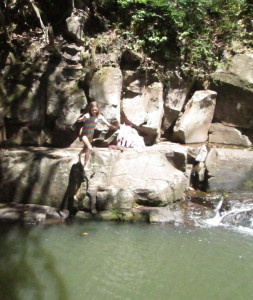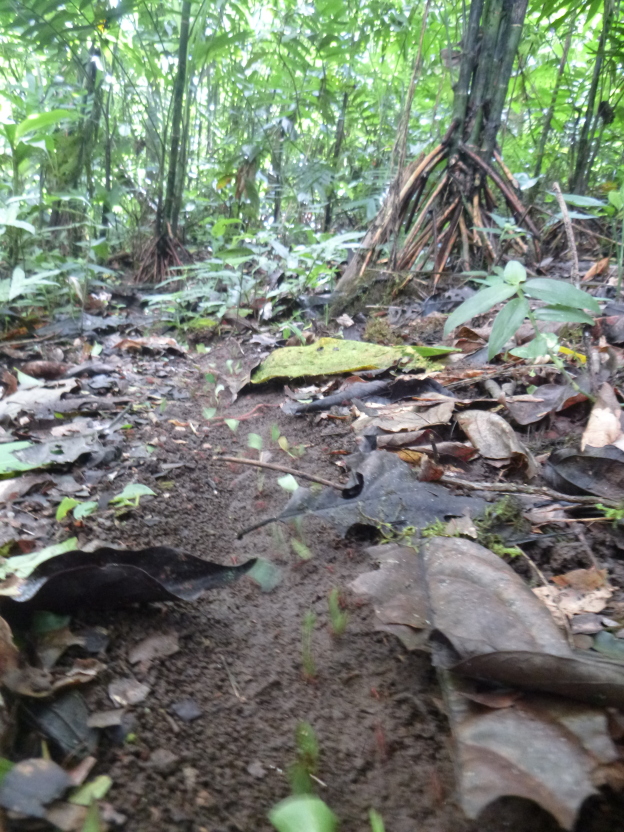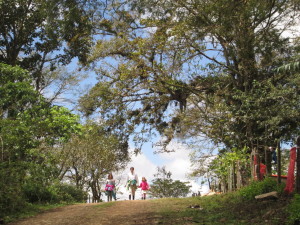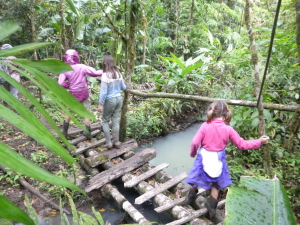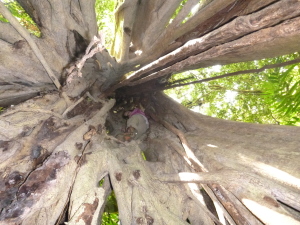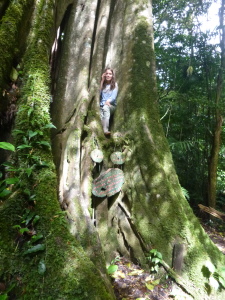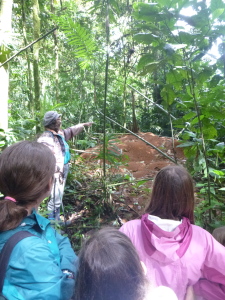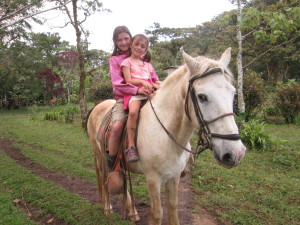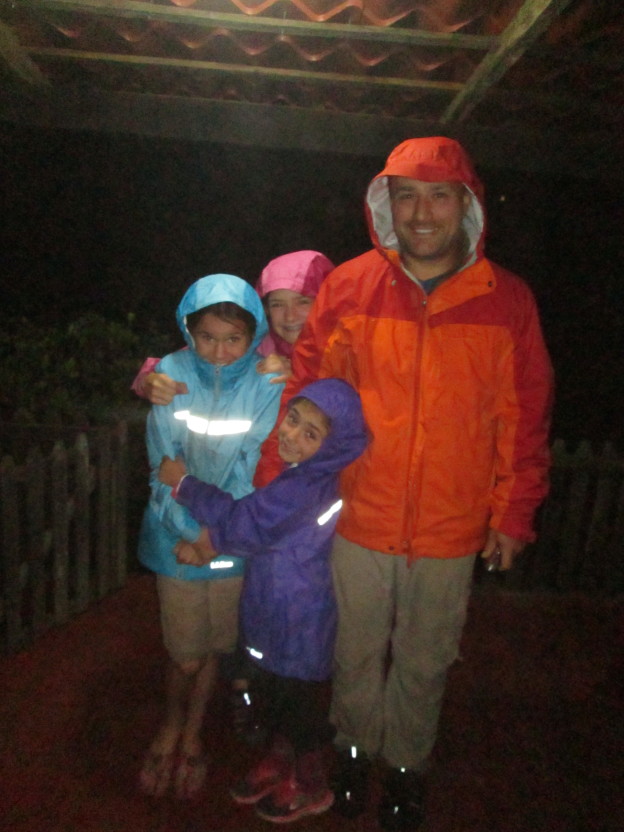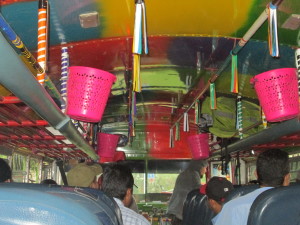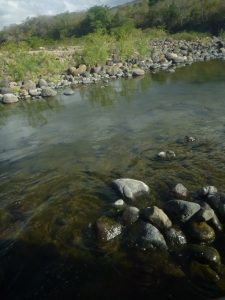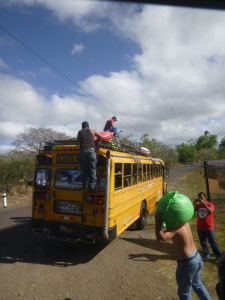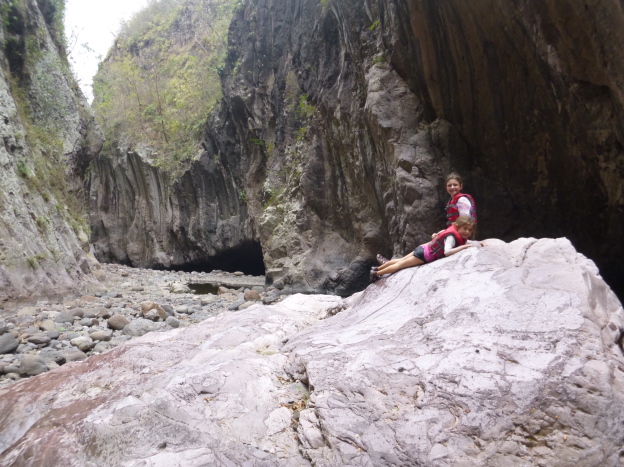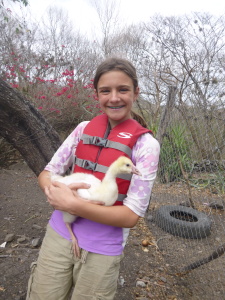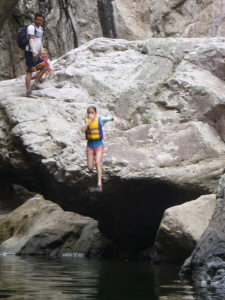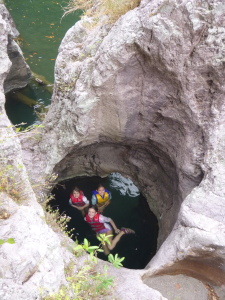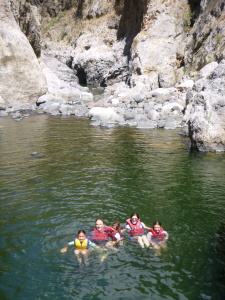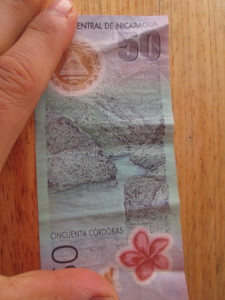 …or at least, they looked us over, raised their eyebrows, and smiled condescendingly when we said we were going to try to hike the Volcan Madera on Ometepe Island.
…or at least, they looked us over, raised their eyebrows, and smiled condescendingly when we said we were going to try to hike the Volcan Madera on Ometepe Island.
I actually thought they were probably right. We had read and heard a lot about how hard the hike was — 9 km one way, much of it straight up. But we figured we’d give it a shot and maybe at least get to one of the viewpoints partway up. So we hired our guide, ordered sandwiches from our hotel, filled up all available water bottles, and headed out at 7:30 the next morning.
Ometepe is a figure-eight shaped island composed entirely of two volcanoes — one active, one inactive. The active one, Concepcion, is a steep, smooth brown cone, rising dramatically from the lake like a child’s drawing of a volcano. Madera is slightly smaller and more irregular, covered with trees and vegetation. We thought we were attempting the easier of the two, but our guide disabused us of this notion. “No, that one is longer, but less hard. You walk the whole way. This one…” Here he mimed climbing vertically with hands and feet, a look of great exertion on his face.
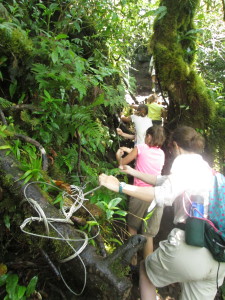 Undeterred, we set off through the already hot sun. Adding insult to injury is that our hotel is on the slopes of Volcan Madera, but in order to get to the trail we had to descend the long, steep driveway — only to climb back up on the trail about a quarter mile down the road.
Undeterred, we set off through the already hot sun. Adding insult to injury is that our hotel is on the slopes of Volcan Madera, but in order to get to the trail we had to descend the long, steep driveway — only to climb back up on the trail about a quarter mile down the road.
The previous day, we had cleverly stocked up on small candies to distribute as bribes when the going got tough. The kids began asking for them about half a kilometer in, but we managed to hold off for two or three. The first half of the hike was not easy — it was pretty steeply uphill, and we were all huffing and puffing — but we were still walking upright. A couple of hours in we weren’t hot anymore; we’d entered the cloud forest and a damp wind made us chilly.
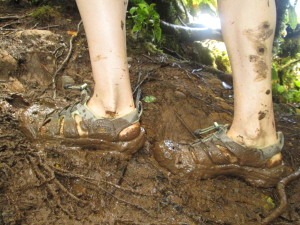 We had expected this hike to be long. We’d expected it to be strenuous. What we’d failed to foresee — and what no one had warned us about — is that hiking in a perpetual cloud forest means mud. As we ascended, the ground got ever more wet and slippery, at the same time that it grew ever more steep. Soon we needed to use our hands to grab roots and pull us up the slippery inclines. Did I mention that we were hiking in Keen sandals? Soon we were covered in wet mud, squelching along with every step.
We had expected this hike to be long. We’d expected it to be strenuous. What we’d failed to foresee — and what no one had warned us about — is that hiking in a perpetual cloud forest means mud. As we ascended, the ground got ever more wet and slippery, at the same time that it grew ever more steep. Soon we needed to use our hands to grab roots and pull us up the slippery inclines. Did I mention that we were hiking in Keen sandals? Soon we were covered in wet mud, squelching along with every step.
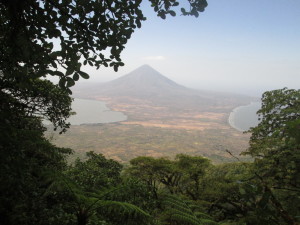 At this point Bob and I began to fixate on an unpleasant prospect: getting back down. We were afraid it would be just too treacherous, especially with our legs growing more tired by the minute. Bob talked to the guide, who suggested a good turn-around spot about half an hour distant, and we resolved to give up our attempt on the top.
At this point Bob and I began to fixate on an unpleasant prospect: getting back down. We were afraid it would be just too treacherous, especially with our legs growing more tired by the minute. Bob talked to the guide, who suggested a good turn-around spot about half an hour distant, and we resolved to give up our attempt on the top.
Well, 3/5 of the family resolved this. When we eventually reached the spot in question, Zoe and Lanie were extremely determined to go on. A couple of hikers from our hotel passed us on their way back from the summit, and said it was only another 45 minutes or so. This convinced Nadia that we should try as well. Our guide, impassive the whole day, said it was up to us — so in a moment of weakness, we agreed to go for it.
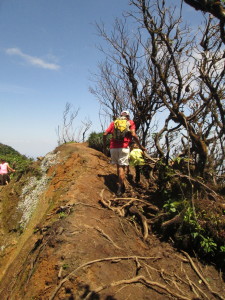
Our guide (who, by the way, was 68 years old and had done this hike for the past 7 days running) shepherds Lanie to the summit ridge.
At this point the really difficult part began — at least for Bob and I. The kids were now in their element, because scrambling up the almost vertical inclines was easier and more fun for them than plodding up hills on foot. They were ahead of us with the guide, who, now that we’d committed, clearly wanted to get it over with as quickly as possible. (We kept hearing his voice ahead: “Keep going.” Resting was not permitted.)
And half an hour later, muscles aching and soaked with mud, we made it. And we were rewarded for our efforts. Usually the summit of the mountain is in a permanent cloud, and hikers who complete the arduous journey get rewarded with only a view of swirling white. But our day was crystal clear (according to our guide, the first clear day in at least four weeks). We were able to peer down into the crater and see the hidden lake within it, and look down the other side and see the two perfect circular coastlines of the island, Volcan Concepcion looming between them and Lake Nicaragua stretching away into the distance beyond.
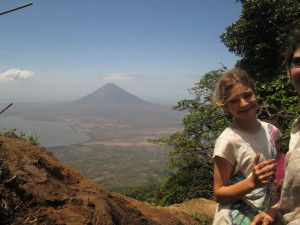 Going down was as bad as we’d feared. Lanie, who had shown truly superhuman strength in making it the whole way up, had a very hard time getting back down once the adrenaline of the ascent had left her. The rest of us weren’t feeling so great either. Unlike most hikes, the descent was the worst part of this one, and seemed truly intermnable.
Going down was as bad as we’d feared. Lanie, who had shown truly superhuman strength in making it the whole way up, had a very hard time getting back down once the adrenaline of the ascent had left her. The rest of us weren’t feeling so great either. Unlike most hikes, the descent was the worst part of this one, and seemed truly intermnable.
By the time we’d gotten back to the hotel (this involved going back UP the steep hill, which nearly finished me off) I was definitely at the end of my strength, which made me further marvel at the kids’ accomplishment. Our first stop had to be at the outdoor shower outside the pool, where we discovered that the mud was more tenacious than we’d hoped. Days, and several showers, later, I still don’t think we’re 100% clean. And I’m pretty certain our shoes will never be the same.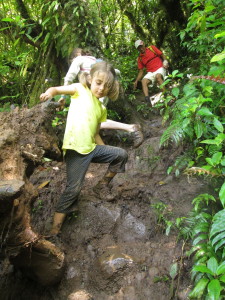
But after an outdoor shower, followed by an indoor shower, we had the reward we’d been thinking about all the way down — sinking into the hot tub as the sun set brilliantly behind the lake. Eventually we were able to drag ourselves out and consume large dinners before staggering off to bed.
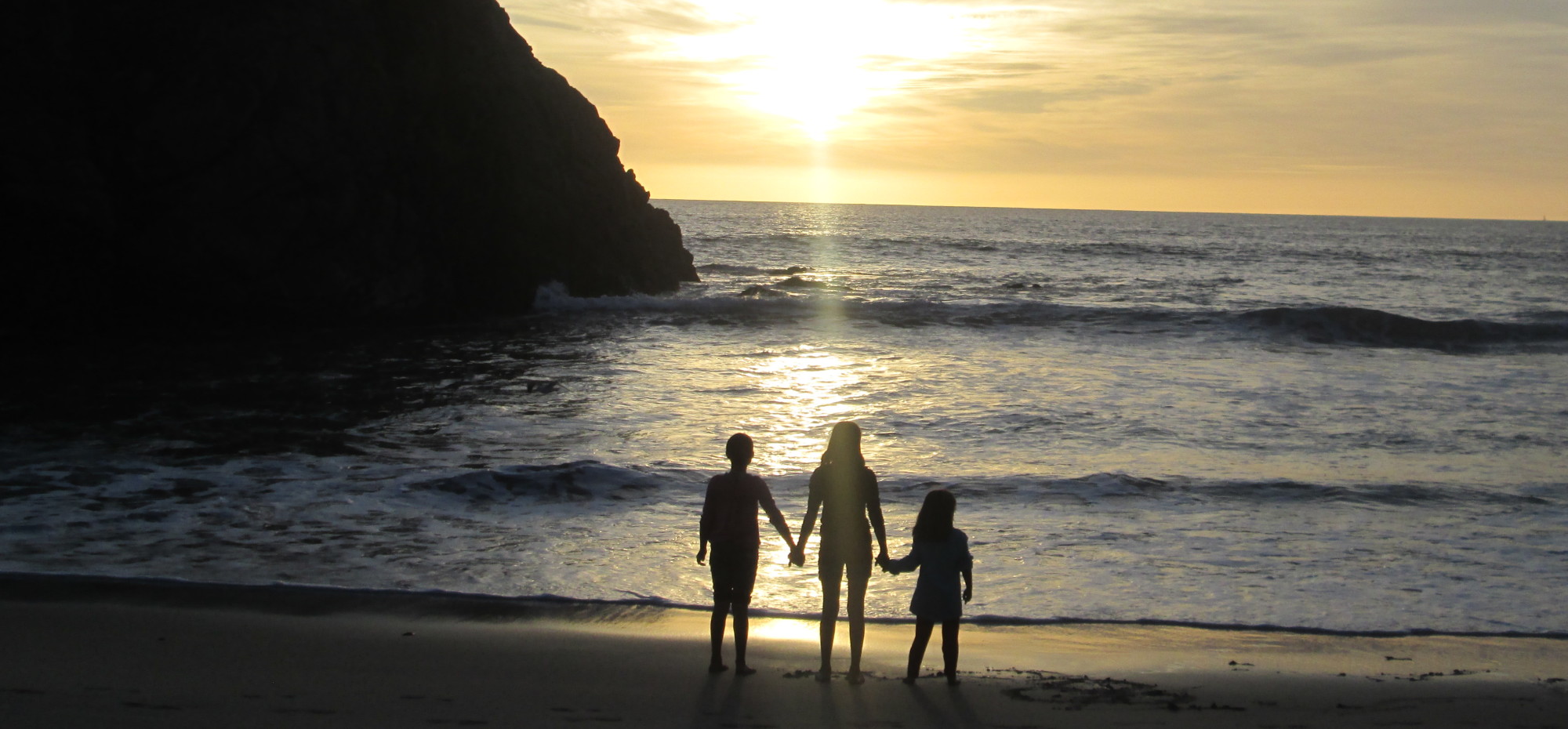
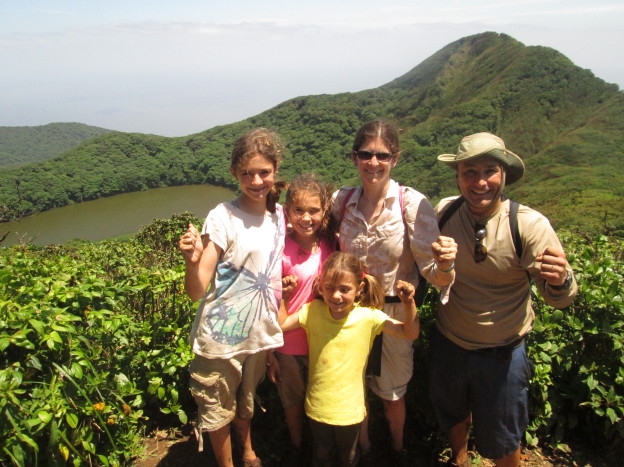
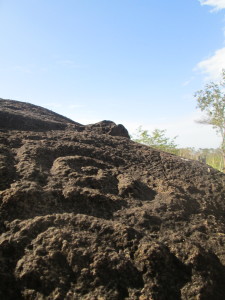
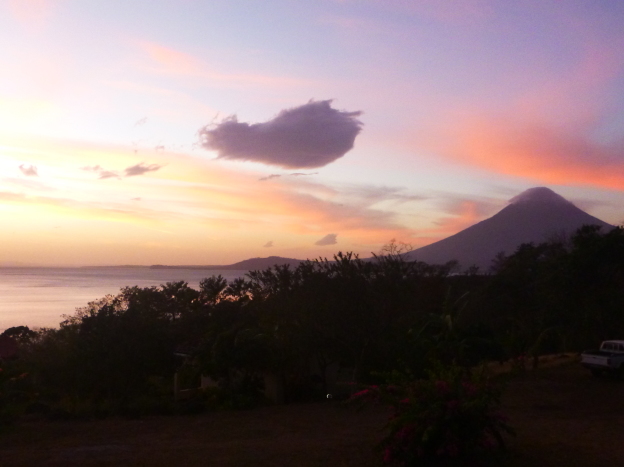

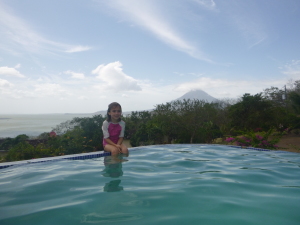
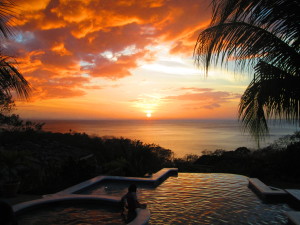
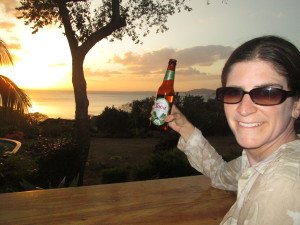
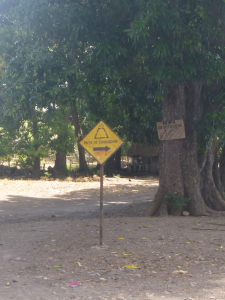
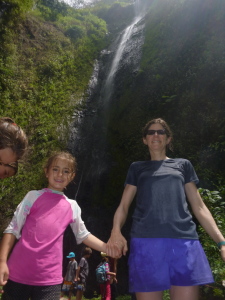
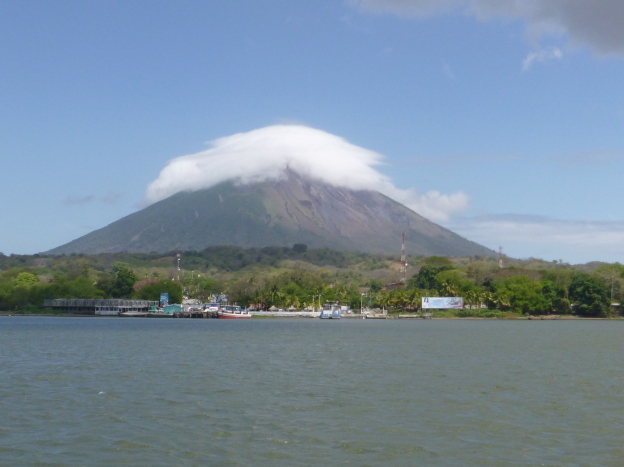
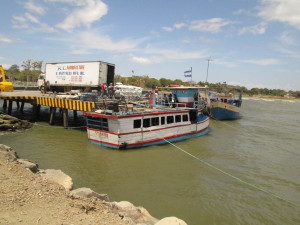
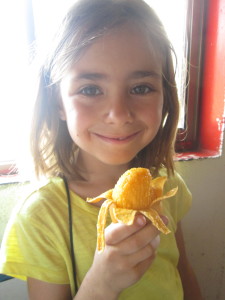
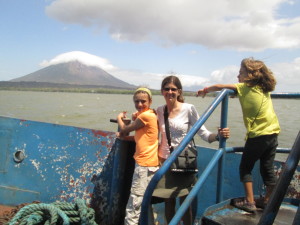


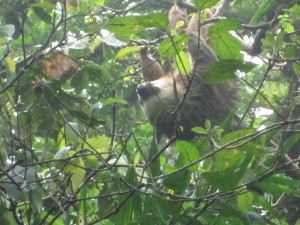
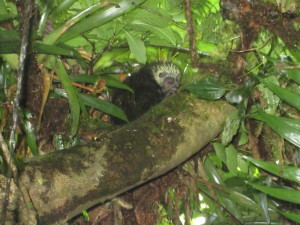
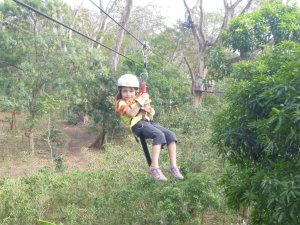
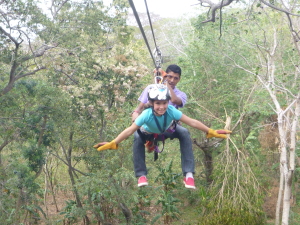


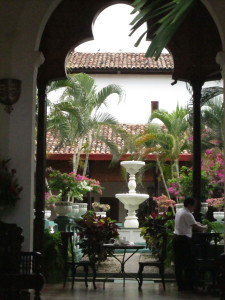
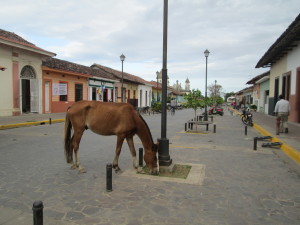

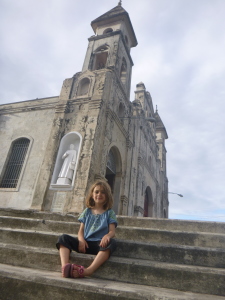
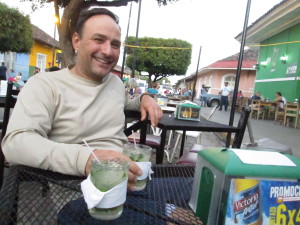
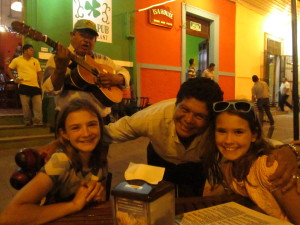
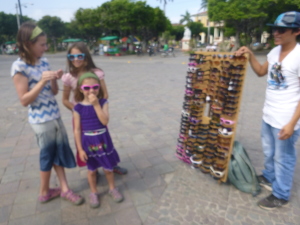 My instinct is to ignore things like this, assuming they either want to sell us something or somehow get our money, but luckily Bob has more faith in humanity. He said “yes” to the man, who then helpfully told us that we should take a left at the next corner since the bus station is hard to find. Not an experience I’ve ever had in an American city!
My instinct is to ignore things like this, assuming they either want to sell us something or somehow get our money, but luckily Bob has more faith in humanity. He said “yes” to the man, who then helpfully told us that we should take a left at the next corner since the bus station is hard to find. Not an experience I’ve ever had in an American city!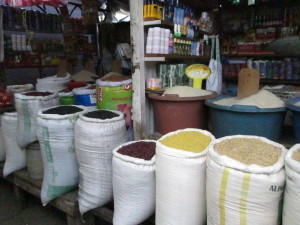
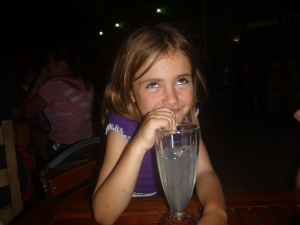

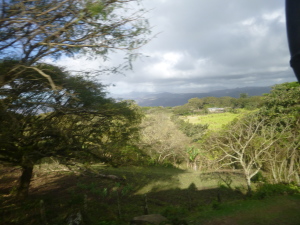
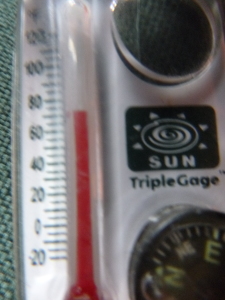
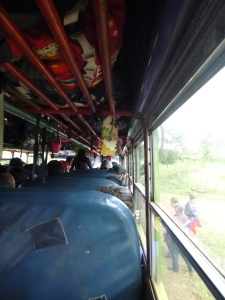

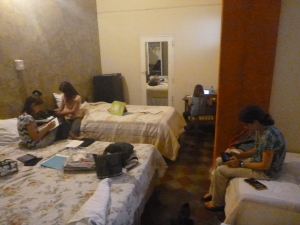
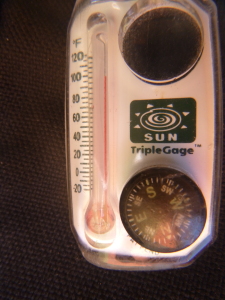
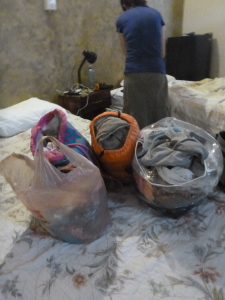
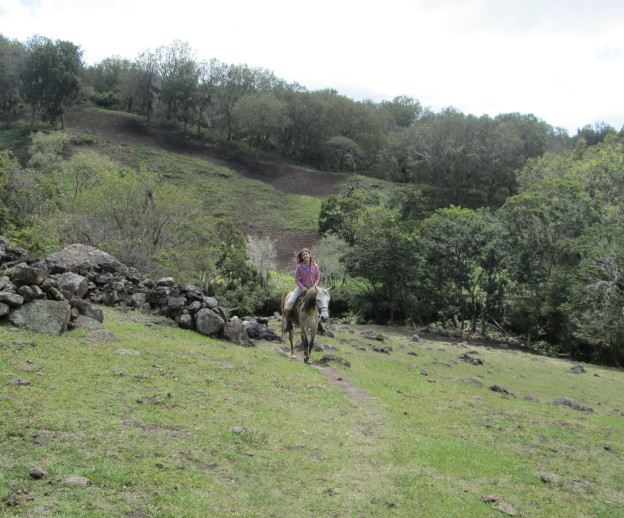
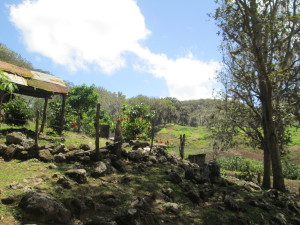
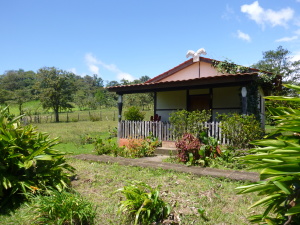
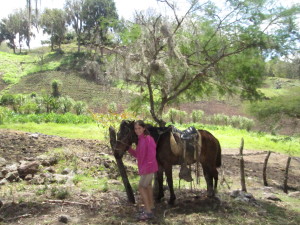
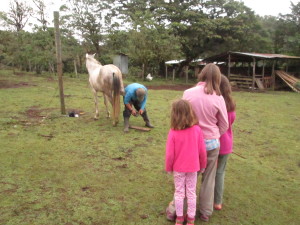
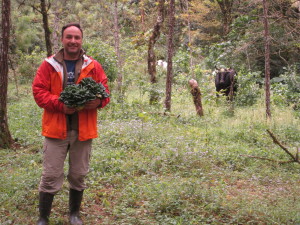
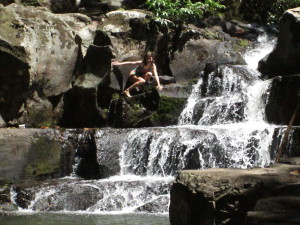 eventually to a lovely waterfall nestled into the woods. There is a very deep pool at the base of the falls for swimming — but alas, the water comes from mountain streams and is very cold. Only Zoe was brave enough to jump into the pool, and even she only did it once.
eventually to a lovely waterfall nestled into the woods. There is a very deep pool at the base of the falls for swimming — but alas, the water comes from mountain streams and is very cold. Only Zoe was brave enough to jump into the pool, and even she only did it once.